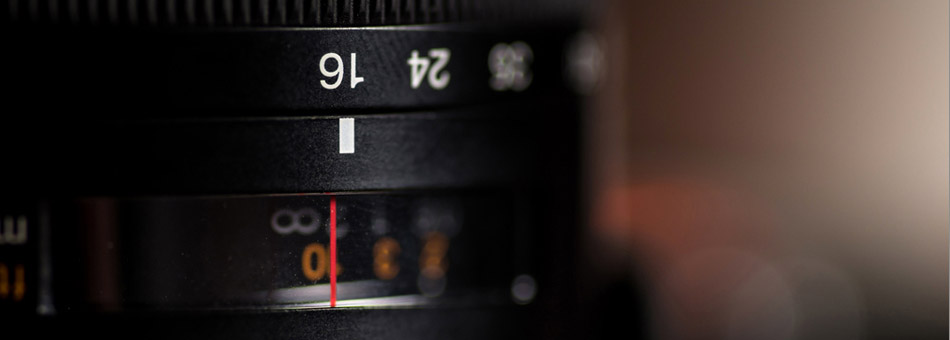What is a Full-Frame Camera?
The imaging sensor on a digital single-lens reflex (DSLR) camera is the rectangle that captures an image. Sensors are available in several sizes depending on the manufacturer, including full frame, APS-C, and Four Thirds. A larger sensor takes photos with a wider angle. Full-frame cameras have a 24-by-36-mm sensor, the size of a 35-mm film negative. Full-frame cameras are available at the retail store Abes of Maine.
.jpg)
Crop Factor
When people discuss sensors, it usually concerns their crop factors. A crop factor is the number used to find the 35-mm equivalent of a lens. According to Abes of Maine specialists, a camera's crop factor is the number used to find the 35-mm equivalent of a lens. Specialists describe it as the middle of an image if taking away the outside edges. Because the sensor on a full-frame camera covers the entire frame, there is no crop factor. Therefore, a telephoto lens does not have the same reach on an FX camera as it does on a DX camera with 1.5 times the focal factor.
Advantages of a Full-Frame Camera
The sensors on full-frame cameras are wider and take sharper photos with dynamic range. Details are finer and tones are smoother. Full-frame cameras also perform well at high ISO settings. Images tend to have more depth than those taken with other cameras and a wider array of tones. According to Abes of Maine specialists who work in the store, full-frame cameras have always had an advantage regarding wide-angle shooting. However, they also explain that manufacturers make smaller DSLRs with wider lenses, which levels the playing field.
Full-Frame Camera Challenges
First, they require the best lenses and technique to truly benefit from the difference in quality. They are usually expensive, although there are a few affordable models on the market. Unfortunately, the larger file sizes full-frame cameras need take up a lot of room on memory cards. From Abes of Maine claim that photographers can only use FX lenses because DX lenses will not work, although they may have invested money in DX lenses previously.
Switching from DX to FX Full Frame
DX-format DSLR owners switching to FX-format full-frame cameras have to purchase new lenses, as the DX lenses will only be compatible in crop mode. In simple terms, the FX camera will restrict the sensor area to a DX-sized rectangle in the middle, reducing the potential resolution. For DX owners who already own FX lenses, it does not create as much of an issue. Many DX owners have FX lenses because they are compatible with DX cameras. For example, the Nikon's 70-300 mm f/4.5-5.6 telephoto zoom is an FX-format zoom, so it can easily make the switch.
Taking Quality Photos
When taking photos with a full-frame camera, from Abes of Maine explain on their blog that there are steps users can take to ensure that their pictures come out well. First, it is important to take special care when focusing. Autofocus tends to be more precise than manual focusing, according to Digital Camera World. Setting up a tripod reduces vibrations and ensures sharpness. In addition, to get the same depth of field as a DX camera, photographers should use an aperture one step smaller.
|
Full-Frame Cameras |
Additional Features |
|
Canon EOS 6D DSLR
|
DIGIC 5+ image processor for enhanced noise reduction and exceptional processing speed 11-pt auto-focus for fast, accurate AF even in low light |
|
Sony Cyber-shot DSC-RX1R Digital
|
Three dedicated rings for aperture, focus, and macro Full HD 24p video with manual control and stereo input |
|
Nikon D610 24.3 MP CMOS FX Format DSLR
|
24.3 megapixel FX-format CMOS sensor Wi-Fi compatibility with optional WU-1b wireless mobile adapter |
|
Nikon D600 24.3 Megapixel DSLR
|
Nikon F lens mount with AF coupling and contacts 39-pt auto-focus system with wide-area coverage
|
Purchasing a new system is not necessary in every situation. Photographers who own many lenses can purchase a full-frame body instead of a new camera. Modern Nikon bodies work with almost every Nikon lens ever sold. Canon bodies are compatible with EF lenses.
Conclusion
There are many benefits to taking pictures with full-frame cameras, including sharper results with finer details. Many available full-frame cameras have additional features that make it easier to take quality photos. Abes of Maine experts suggest that before choosing any camera, shoppers should learn about DSLRs in general, as well as the available models.
